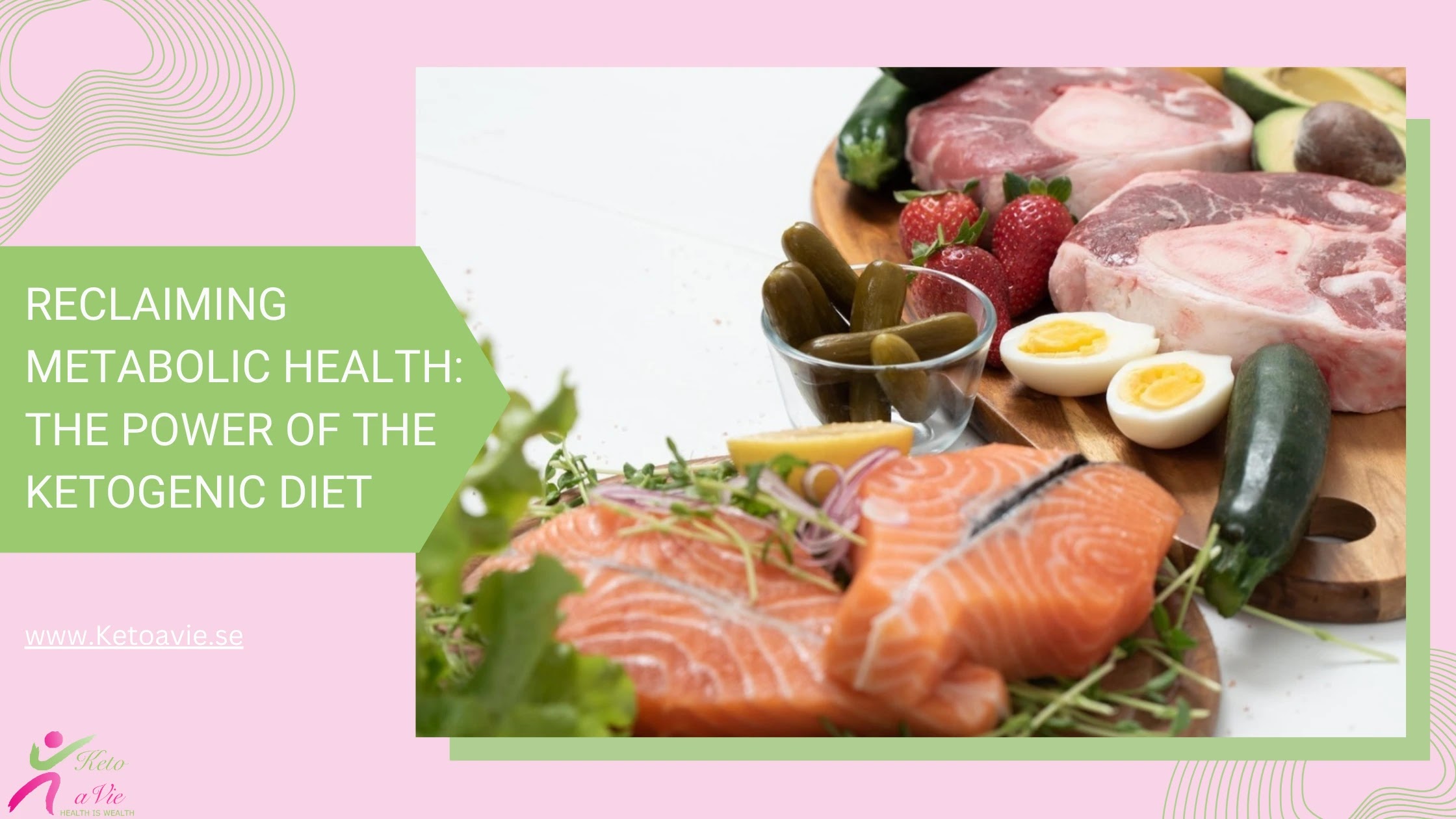4 Effective Ways to Eat Carbs Without Raising Insulin

If you've read my previous articles on reversing insulin resistance, you know that carbohydrate-rich foods are the biggest triggers for insulin and blood sugar spikes. This constant influx of insulin can lead to insulin resistance, where our cells start resisting insulin's actions.
If left unchecked, insulin resistance can lead to type 2 diabetes, heart disease, and PCOS in women. It's crucial to address it early, but even if it has progressed, it can still be reversed. Generally, keeping your carbohydrate consumption low is best for reversing insulin resistance. When carbs are low, less insulin is needed, making your cells more sensitive to insulin again.
But what if I told you there are tricks to enjoy carbohydrate-rich foods without causing huge insulin and blood sugar spikes? Curious to know more? Let's dive into it.
1. Cook and Cool Your Carbs
When you cook and cool carbohydrate-rich foods like potatoes, rice, and oats before eating them, they have a significantly lower impact on blood sugar and insulin.
Studies show that cooking rice, cooling it for 24 hours, and then reheating it lowers the glycemic response compared to freshly cooked rice. The same results were found for potatoes.
When these foods cool, some of their starch converts to resistant starches, which means they pass through the digestive system without being digested. This means they don't break down into glucose and don’t require insulin, improving insulin sensitivity over time [1][2].
How to do it: Cook your rice, potatoes, or oats, let them cool in the fridge overnight, and then reheat them before eating.
2. Eat Your Carbs Last
This strategy is very simple: eat the carbohydrate-rich portion of your meal after the other foods on your plate. Eat your protein, fat, and non-starchy vegetables first, then go for the starchy ones.
If you're having steak, green beans, and mashed potatoes, eat the steak and green beans first, then the potatoes. Studies show that eating protein and vegetables first, then carbs, results in significantly lower insulin levels [3].
How to do it: If you’re eating a mixed dish like pasta or rice, try having a protein-based appetizer first, like meatballs, oysters, cheese, or cold cuts.
3. Add Vinegar
Having apple cider vinegar before or with your carbs can significantly reduce insulin and blood sugar responses [4].
This can be as simple as taking a tablespoon of apple cider vinegar diluted in water before your meal or adding white vinegar to your potatoes. One study found that participants who took one and a half tablespoons of apple cider vinegar before a high-carb meal were up to 34% more insulin sensitive an hour after eating compared to those who didn’t.
How to do it: Dilute a tablespoon of apple cider vinegar in water and drink it before eating. If you dislike the taste, add lemon juice or mix it in sparkling water. Adding vinegar to your meal, like in a salad dressing, also helps.
4. Take a Walk After Consuming Carbs
This is one of the most effective and immediate tools you have. Walking for 10-15 minutes after eating carbs stimulates your muscles to absorb glucose from your bloodstream, minimizing the insulin response.
A study with type 2 diabetes patients showed that those who walked faster had lower blood sugar levels after a carb meal.
How to do it: A brisk 15-30 minute walk after a high-carb meal can work wonders for your blood sugar levels
[5][6].
Recap and Conclusion
To recap, the four simple tricks are:
- Cook and cool your carbs.
- Eat carbs last.
- Add vinegar to your meals.
- Take a walk after consuming carbs.
These tips can help manage insulin and blood sugar levels even if you still consume carbs. I hope you found this blog helpful! Reducing carbs is the most effective strategy, but using these tips can also make a big difference.
🔥 Ready to Go Deeper? Your Next Step Starts Here
If you're thinking, "This is exactly what I'm struggling with," you're not alone—and you're in the right place.
My 7-Day Keto & Intermittent Fasting Trial is the perfect place to start. This structured mini-program is designed to help you kickstart fat burning, reduce sugar cravings, and stabilize your blood sugar naturally.
Here’s what you’ll get:
👉 Click here to start your 7-Day Keto Trial and take the first step toward sustainable healing.
About Ketoavie (Nissrine Samaha)
I'm a certified health coach helping women reverse insulin resistance, balance hormones, and restore their energy.
- My Guide:
Your Practical Guide to Insulin Resistance & Hormonal Balance - Instagram:
@ketoavie - Website: www.ketoavie.se
- Contact: info@ketoavie.se
- My Picks:
Save on iHerb (code DWN2454) My Amazon Favorites



Comments
Post a Comment